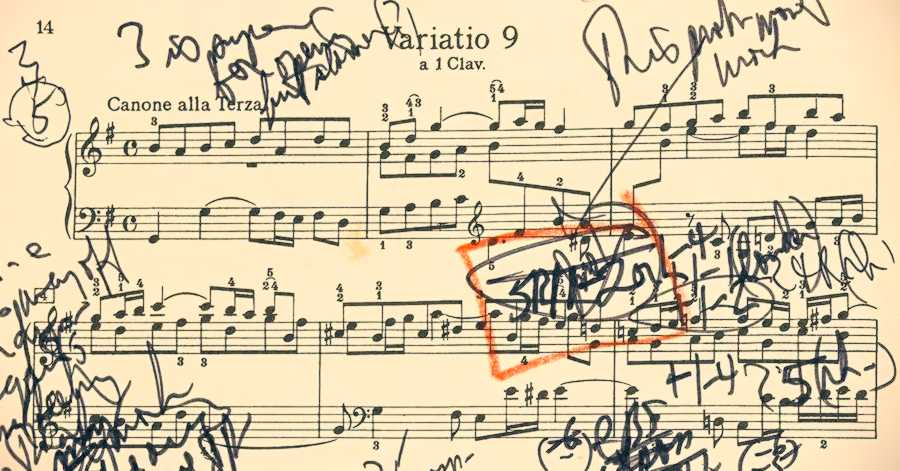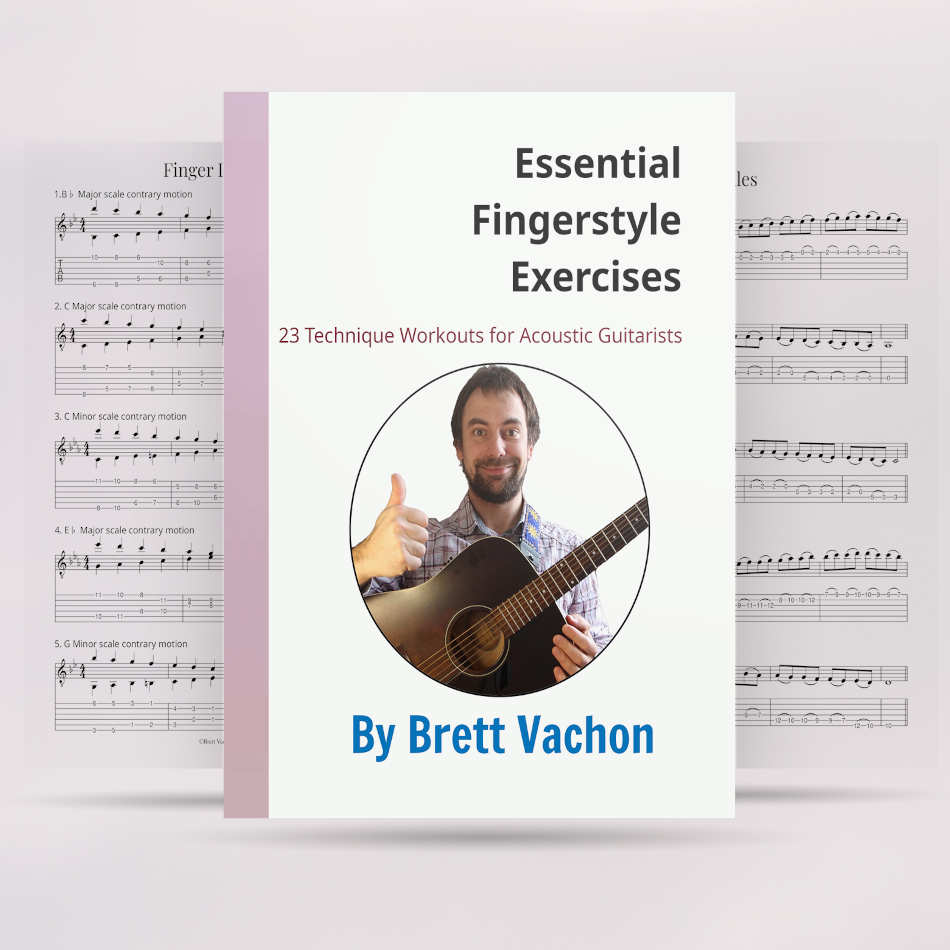Steal my best tricks to create an effective practice session and become a better fingerstyle guitar player.
I'm sitting in my practice room with a hot cup of astragalus tea and the familiar hum of the fan behind me. But before I dive in, I take a moment to consider the most crucial element — the mind.
You see, in order to make steady progress with fingerstyle guitar, you have to practice. D'uh.
But although we put a lot of emphasis into the techniques that go into actually playing fingerstyle guitar, we almost never talk about how to practice, which is the essential skill that's going to get us to progress!
So I'm going to share with you 4 things you can implement right now to make your guitar practice 10x more effective, without having to increase the length of your practice sessions.
How To Practice Guitar Effectively
The first time I learned about the importance of knowing how to practice, I had already been playing for several years.
Then one summer, I joined a string orchestra as a viola player. We would meet every Wednesday afternoon in a stuffy room on the second floor of the presbytery at the United Church.
One day, the director made a somewhat off-the-cuff remark that he used to spend a lot of time "fooling around", as he put it, on his instrument, instead of practicing.
This made a huge impression on me because, up to then, I thought that as long as you were playing your instrument, you were practicing. But it's not the case, which is a relief.
Think about it: what if instead of trying to log 10,000 hours of playing time to get good at fingerstyle guitar, we could instead do the things that actually move the needle?
Well, we can, and today I'm going to give you 4 things that you can do right now to make your guitar practice more effective.
1. Decide When To Practice
If you want to make progress with guitar, do it at the same time every day. Make guitar playing become part of your morning or evening routine. By making it a part of your routine, it makes it harder to "forget to practice".
Also, don't focus on the duration of your practice session. Instead, by emphasizing the frequency of your fingerstyle guitar practice, you will make steady progress with fingerstyle guitar.
I’m not saying, set an alarm at 6.10am every day, pull out your guitar and practice 1 hour before breakfast. Although that technique worked for me in the past when I had a performance coming up.
I’m referring to making it a habit to pull out your guitar at the same moment every time of the day. Choose a time in the evening when the kids have gone to bed, or in the morning with your coffee. Pull out your instrument and play something, even if it's only a measure of music.
2. Decide What To Practice
I'll admit it. When it comes to deciding what to practice, I like to shoot from the hip.
I'll flip through my song list and pick whatever seems interesting to work on. It's only if I have a performance (or a YouTube video) coming up, this forces me to set goals of learning a song by a specific date.
If you're like me and you fly by the seat of your pants when it comes to music selection, you have two options:
- Leave only one sheet of music on your music stand which contains exactly what you want to practice
- Use a practice journal to keep track of exactly what you are working on (we'll cover this later)

Each time you decide what to practice, answer these 3 questions:
- Goal setting. What you hope to accomplish in your practice session?
- Deliberate or "deep" practice. Are you creating new neural pathways, or just doing run-throughs and repeating mistakes?
- Time management: How long do you want to spend working on a particular passage or technique?
Finally, when you are deciding what to practice, never spend too much time repeating what you already know and not tackling the parts that need more work.
3. Keep Track Of Your Progress With A Practice Journal
Some people journal their entire days, writing down everything from the clothes they wore to the mud that they scraped off of their shoes.
I haven't done that kind of detailed journaling since I was in eighth grade. However, I jot down my progress with fingerstyle guitar by keeping note of when and what I practiced.
Review your practice journal before each of your practice sessions. The practice journal can make sure you don’t over-practice certain sections.
If you don't feel like filling out a journal on a daily basis, check out this example of a practice log that you only need to fill out once a week.
4. Fix Mistakes Right Away When Practicing A Piece Of Music
If you make a mistake while practicing a guitar song, it's important to not just move on and ignore the mistake. This is because your brain is more likely to remember the mistake than the correct way of playing the song.
I've lost track of the number of times I've seen students fumble through a passage four or five times, only to play it correctly once, smile, and decide it's time to move on.
No!
In order to avoid making the same mistake twice, you will need to play the section correctly several times in a row before moving on to something else.
Figure out what caused the mistake first - improper finger placement, tempo too fast, etc. and then play the passage correctly multiple times.
It's annoying, but it's super effective.
By the way, if you want step-by-step exercises, and expert tips to build proficiency and self-assurance with your fingerstyle guitar skills, then check out my online course Play Fingerstyle Guitar Now!
5. Take Breaks
If my mind wanders after about 15-20 minutes of practicing guitar, I like to take a break. I like to do something that's either not music related, such as doing chores.
There are days however, when I don't won’t want to practice. Have you heard the suggestion of leaving your instrument out in the corner so that it’s easily accessible for play whenever you want?
I don't think this is a good idea, regardless of how packed or empty your schedule may be.
When I don’t want to play guitar, I like to watch other people play guitar, and this makes me want to do the same thing.
So, instead of forcing yourself to practice for an hour, you can give yourself permission to do shorter practice sessions, or move on to doing something else.
By using just a few of these five tips, I am confident you will emerge from your next practice session more satisfied, and you will feel confident that you made real progress.



